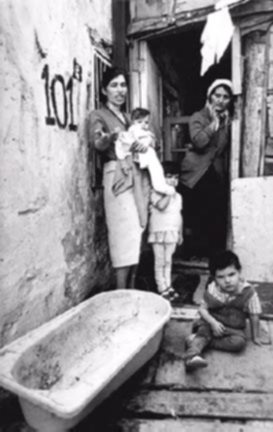


One of the greatest tragedies of the plight of refugees is the lack of educational opportunities for children. Many have not had a serious education since the collapse of the Soviet Union in 1991.
| Photogallery2 | |||||||||||||||||||||||||||||||||||||||||||||||
 |
|||||||||||||||||||||||||||||||||||||||||||||||
| Refugee woman with children | |||||||||||||||||||||||||||||||||||||||||||||||
 |
|||||||||||||||||||||||||||||||||||||||||||||||
| Refugee mother with her baby | |||||||||||||||||||||||||||||||||||||||||||||||
 |
|||||||||||||||||||||||||||||||||||||||||||||||
| View of the refugee camp | |||||||||||||||||||||||||||||||||||||||||||||||
One of the greatest tragedies of the plight of refugees is the lack of educational opportunities for children. Many have not had a serious education since the collapse of the Soviet Union in 1991. |
|||||||||||||||||||||||||||||||||||||||||||||||
|
|
|||||||||||||||||||||||||||||||||||||||||||||||
| Photogallery3 | |||||||||||||||||||||||||||||||||||||||||||||||